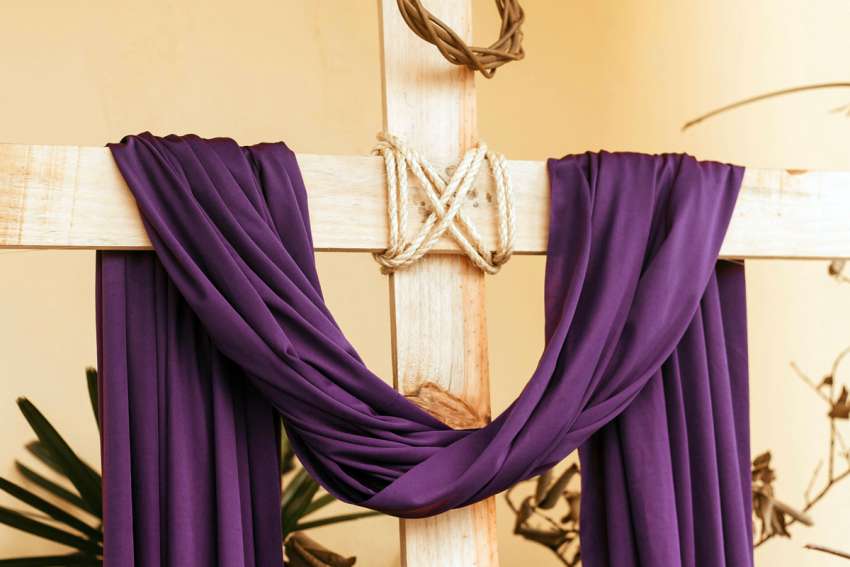"O death, where is thy sting? O grave, where is thy victory?" This verse from St. Paul's first letter to the Corinthians sums up in a succinct way the Christian attitude to death, or what should be our attitude to it. Death together with its attendants, sin and corruption, has been conquered decisively and eternally by Our Lord's own death and resurrection. So why then do so many of us still fear death and, gripped by that fear, desire to control it by hastening our own death through euthanasia? It is the suffering that we fear, the fear of being out of control, of declining, of losing our dignity. Can this be reconciled with our Christian faith? Let's consider the following. We will suffer, some of us gravely so. We are not ultimately in control. Certainly I can act, but God's will and my will need to be cooperating. When I sin, and having someone kill you is doubly sinful, I spurn God's will. I convince myself that I only have dignity when I am in control. Alas...
In the midst of all of this, I am struck by a curious antidote to the culture of death being furthered by rampant euthanasia. It is something that acknowledges the eventuality of death, looks it square in the face and is not afraid of it, now shorn of its power. It is the revival of the tradition of momento mori, especially among young Catholics. The revival is new but the tradition is old. It is often expressed in images of death hung on a bedroom wall or in a study, skulls on desks, and in verse that speaks in pithy rhymes about our coming end and need of God’s mercy, such as the following from a late mediaeval English mystery play:
Whan I think on thyngis thre
Well carefull may I be:
One is, that I shall henne;
An other is, I wot not when.
Offe the thirde is my most care,
For I shall dwell I wot not wher.
Man, remember whens thou com & wher thou shalt;
& to thyn evyn Cristyn do no wronge;
For man with-out marcy, of marcy shall misse;
And he shall have mercy, that marcyfull is.
The young adults I know who have embraced this tradition do so in true faith, keeping their death always in front of them, knowing that suffering and death in this life binds us to Christ in His suffering but also His Resurrection in the life to come. Is this morbid? No. Eamonn Duffy in his seminal history of English piety in the late mediaeval period The Stripping of the Altars says the following in chapter 9 on the Last Things:
“If it is true that much of the religious activity of the period had death and the other world in mind, it is also true that the thought of mortality was endlessly harnessed by preachers and dramatists not to call people away from social involvement but to promote virtue and sociability in this world...The tradition reflected a profoundly Augustinian other-worldliness, but it was hortatory and didactic as much as expressive, not the articulation of despair about the worth of human existence so much as part of a concerted attempt by religious and moral teachers to persuade the laity of the transience of earthly pleasures and goods....”
Recent research reveals Catholics aged 18-34 are both more non-religious and more religious than those over 55 years old. Among the religiously committed of this cohort you find a 'traditionalist lean', a desire to live in many respects a more traditional Catholicism, dare I say one that promotes "virtue and sociability in the world." These young people have been confronted by the culture of death their whole lives and are saying no to it, embracing it in a redemptive way rather than hastening it unnaturally. They have much to show us.


